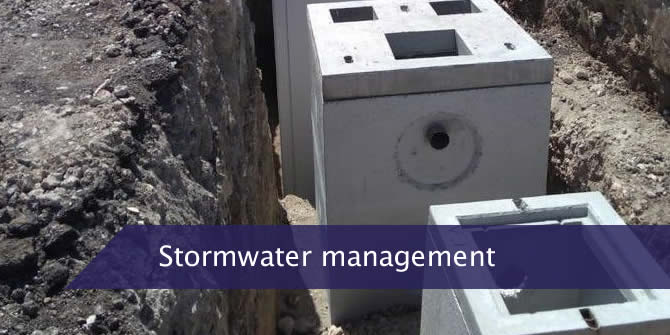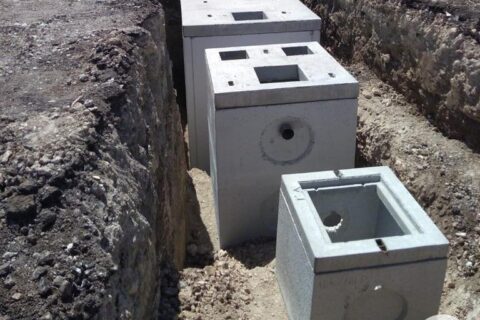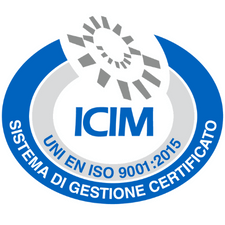
Stormwater management consists of the conveyance, separation, collection, treatment and discharge of first and second rain waters.
It is mainly Regional Regulations that regulate the modalities as well as situations and subjects for which these processes are mandatory.
Water from yards, parking lots and all surfaces that collect water are treated, especially when they are potentially harmful to the environment due to the leaching of hazardous substances.
The process objective is in fact to reduce the pollution of rainwater to comply with established chemical, physical and biological characteristics.
The water thus obtained can be reused in different areas, mainly agricultural, domestic and industrial, as well as reintroduced in a harmless way into the environment.
Another advantage is the containment of the increasingly frequent flood peaks caused by excessive rainfall.
HOW A STORMWATER TREATMENT PLANT WORKS
The operation of stormwater treatment plants follows several steps:
- The water coming from roads, parking lots, yards, etc. is conveyed to concrete or polyethylene accumulation tanks
- A float-type check valve at the inlet of the storage tank separates the first and second rain waters
- Sedimentation of sand and sludge occurs inside the tanks
- At set time intervals, a submersible electric pump with constant flow rate sends the water to the de-oiling treatment, separation of light liquids or to the final receptor
Gallery
Since 1985 Idromet Sider provides an extensive selection of innovative and certified high-quality products and solutions for aqueducts, gas pipelines, sewerages, water treatment plants and industrial plants.
Business news, best practices, informative material, company updates…
Subscribe to our newsletter to receive up-to-date information on what you’re interested in
SUBSCRIBE NOW






